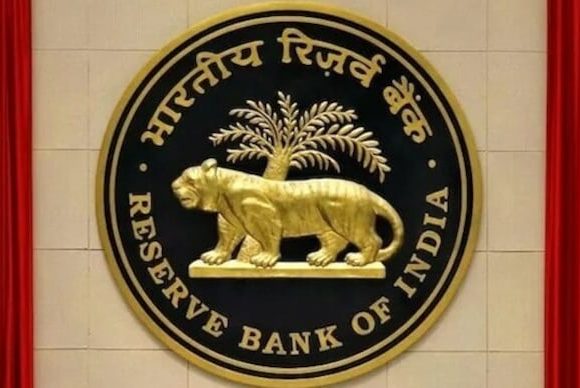
RBI Adds 57.5 Tonnes to Gold Reserves Amid Global Instability
The Reserve Bank of India (RBI) significantly expanded its gold holdings in the fiscal year 2024-25, adding 57.5 tonnes to its reserves. This marks the second-largest annual gold purchase by the RBI since 2017, highlighting a strategic shift towards strengthening financial stability amid rising global uncertainties.
The RBI’s total gold reserves stood at 879.6 tonnes as of March 2025, up from 822.1 tonnes the previous year. This substantial growth reflects a growing trend among central banks globally, where institutions are increasingly turning to gold to hedge against economic volatility, geopolitical tensions, and currency risks.
Global Trends Driving RBI’s Gold Strategy
The RBI’s aggressive gold buying is part of a broader pattern where central banks worldwide are diversifying away from US Treasury bonds and conventional reserve assets. Factors such as currency fluctuations, inflationary pressures, and heightened geopolitical tensions have made gold a preferred safe-haven asset.
Following political changes in the United States during late 2024, the US dollar witnessed periods of instability, further enhancing gold’s appeal as a stable store of value. Analysts note that central banks, including the RBI, view gold as a strategic asset to safeguard national financial systems against external shocks.
According to industry experts, the RBI’s approach mirrors global sentiment where security and liquidity take precedence over yield in reserve management strategies. Unlike market speculation assets, gold offers reliability, especially during turbulent financial periods.
Impact on India’s Foreign Exchange Composition
The increased gold accumulation has also shifted the composition of India’s overall foreign exchange reserves. As of mid-April 2025, gold accounted for 11.8% of India’s total forex reserves, a noticeable rise from 8.7% the previous year.
The rise in gold’s share within the reserve basket was bolstered not only by fresh acquisitions but also by a dramatic surge in gold prices, with valuations climbing over 30% during the past fiscal year. This dual impact has further solidified gold’s role as a core component of India’s financial defense strategy.
Maintaining a conservative policy, the RBI avoids selling gold assets, ensuring long-term stability in its reserve portfolio. Safety, liquidity, and cautious return optimization remain the pillars of India’s reserve management, with gold now playing an even larger role in that framework.
By fortifying its gold reserves, the RBI underscores India’s commitment to safeguarding its economic security amidst unpredictable global financial landscapes.


















